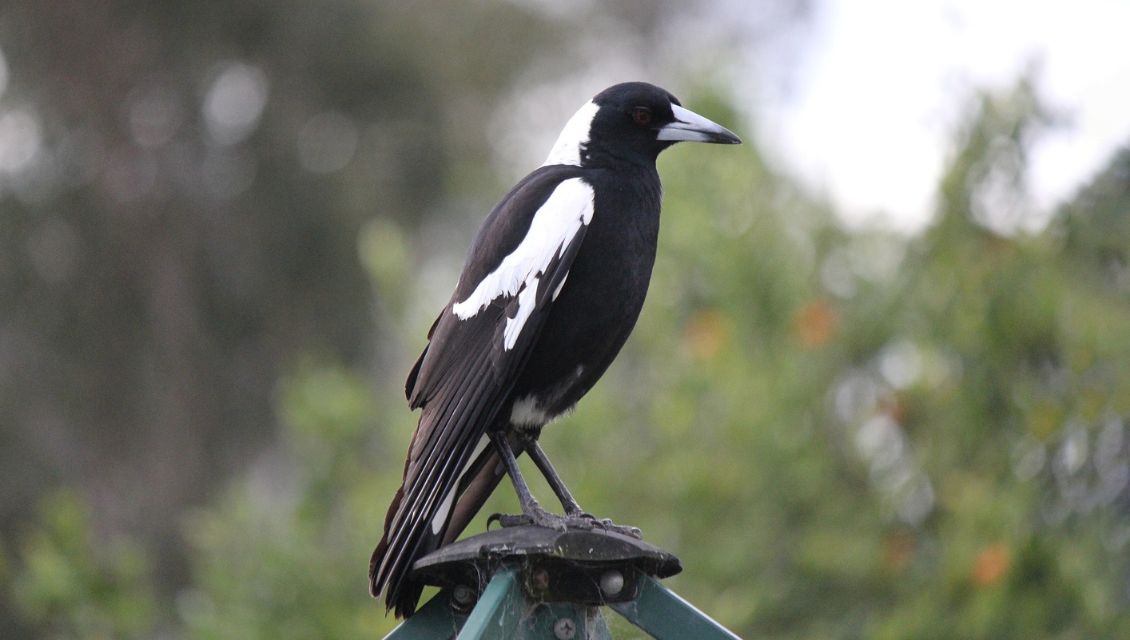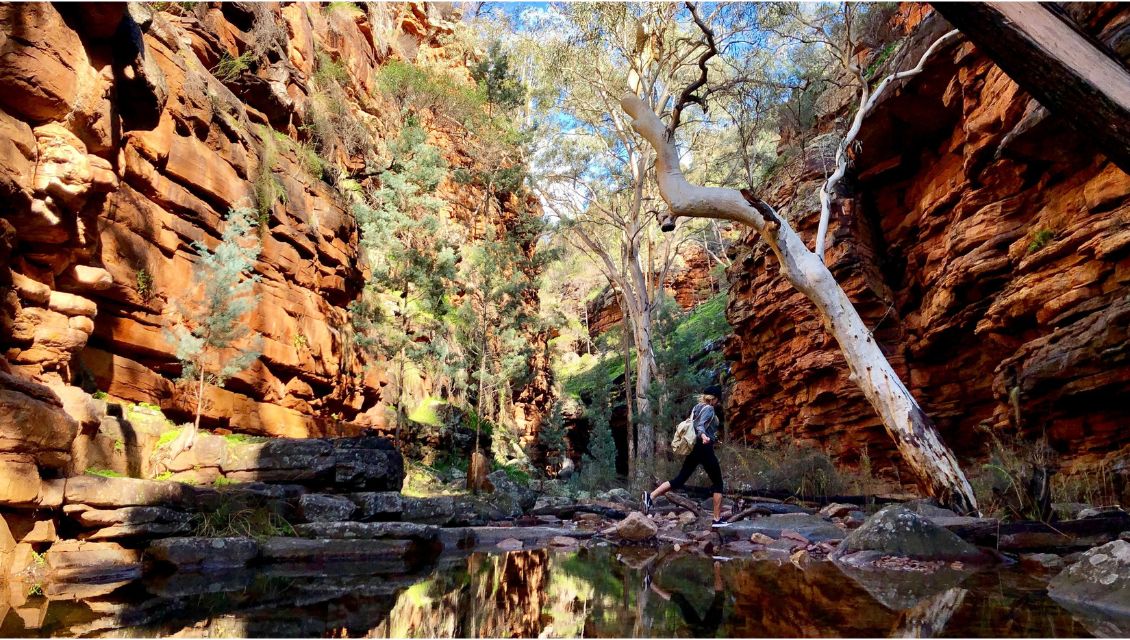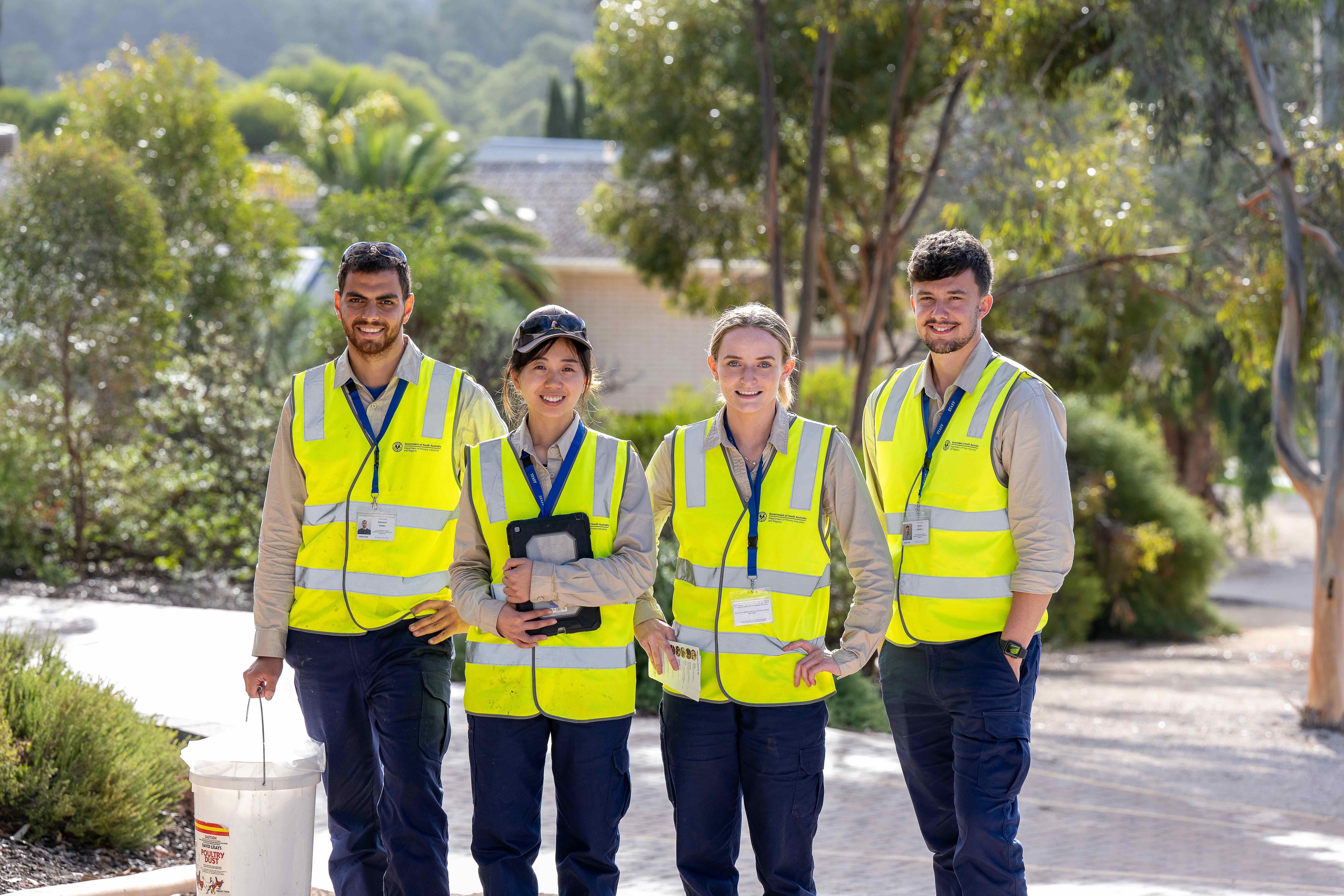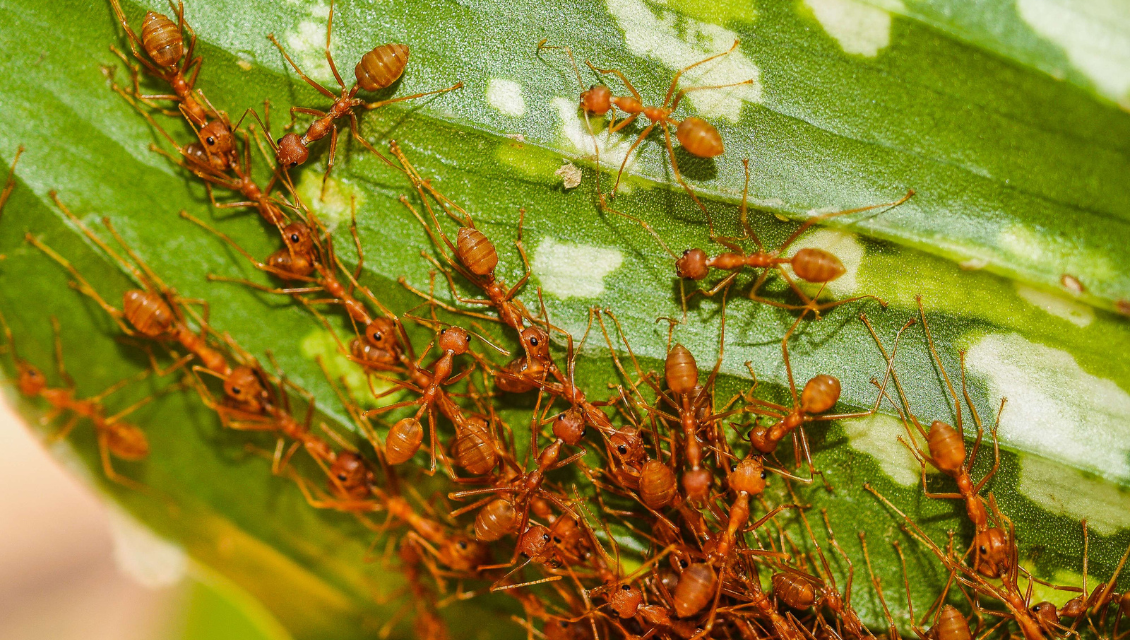
Since 2020, a staggering 2700 feral goats have been removed from the Montacute area.
It is estimated that now fewer than 50 of the damaging pests remain in the region, and the environment is showing fantastic signs of recovery.
Whilst this is a great result, the community is still urged to report any sightings of feral goats on Feral Scan. Reports can also be made directly to Landscapes Hills and Fleurieu on 8391 7500.
Feral goats are destructive pests in bushland areas, destroying native plants and the habitat of native animals, including threatened species, as well as impacting on drinking water catchments.
Landscapes Hills and Fleurieu, in partnership with other State Government departments and private property owners, has been working consistently since 2020 to eradicate feral goats in the Adelaide Hills region, targeting them with both air and land operations.
The latest operation successfully removed 62 of the destructive pests from both private and public land and was a resounding success with near elimination of the pest in areas of critical conservation value.
Tom Kloeden, Landscapes Hills and Fleurieu’s Regional Coordinator for Grazing Pressure Management, said the near eradication benefited both the local environment and community.
“Feral goats are voracious grazers, causing landscape erosion and substantial impacts on native flora and fauna, and primary production," Mr Kloeden said.
"In suitable habitats like the Mount Lofty Ranges, feral goat populations can breed rapidly, increasing their population by up to 75 per cent annually, meaning a small number of feral goats can quickly become a large problem."
He said aerial operations enabled the efficient removal of feral goats from inaccessible terrain.
"Specially trained government marksmen are employed, and stringent safety measures are in place to ensure public safety and animal welfare during all control operations," Mr Kloeden said.
"Ground-based control methods are also employed, using advanced equipment such as drones equipped with thermal imaging to efficiently locate animals. This combination of approaches has been the key to rapidly getting to where we are now."
He said encouraging the community to keep reporting sightings was instrumental to eliminating the few remaining goats.
“We greatly appreciate the collaboration with partner organisations and private landholders, which enables us to address the problem wherever the goats are found,” Mr Kloeden said.
For more information about controlling pests in the Adelaide Hills and Fleurieu region, visit the Regional Pest Strategy.
This article was originally published by Landscape SA Hills and Fleurieu and has been repurposed here with permission.







